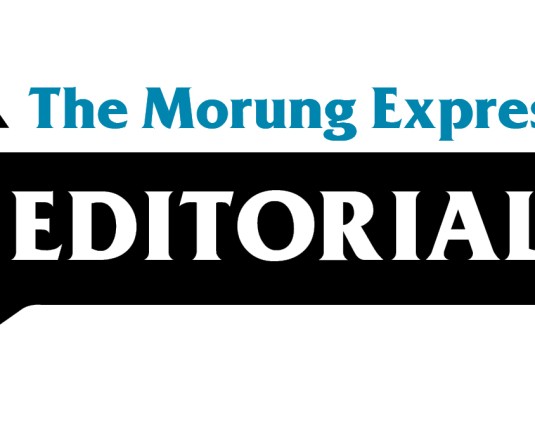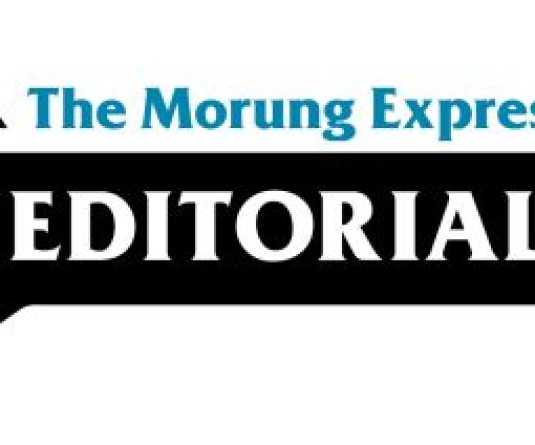
Aheli Moitra
It is the case of society smelling its behind and frowning at the whiff with recognition. Since the source itself cannot be banned, odour control is imposed on it by the polity and judiciary. Such is the case of media of the east today.
Earlier this week, the Supreme Court of India (SCI) laid down a constitutional principle with respect to reporting sub-judice matters. In other words, it will now be possible to make the media hold back reports that could possibly hamper the outcome of a trial in court. In other words, the apex court will now “protect” the press from committing contempt (of court) and control media trials that infringe upon the “presumption of innocence”, held to be a human right. The press is now, as ever, under restriction.
In the same breath, the Prime Minister of India, following a flurry of onslaught from national and international media, has finally broken wind by stating that media should be “fair, objective and balanced” while at the same time write/broadcast/telecast nothing that “divides our society and country”. The press is now, as ever, a political tool.
In quite the same breath, but earlier, a photo journalist was mugged during an incidence of mob violence in Dimapur, his camera destroyed. A long discussion followed on facebook. Amid considerable support shown to “freedom of press”, YoungNaga1 voiced his displeasure at those coming to the rescue of the press, unsure if the incident anguished or delighted him. Should the resort and car showroom destroyed also demand compensation from organisations involved? When the mob wanted its identity hidden, and issued a warning to that effect, should the media man have persisted?
To this, YoungNaga2 responded, “the press as a non-partisan agent should not be targeted. While there should be press discretion, there cannot be press censorship.”
It is the nature of this discretion that runs into muddy water, especially in the Naga case, where the press is far from free. It is dictated by neither the polity nor judiciary of India, but the society it critiques. For an inward-looking polity, there can be nothing more alien or intrusive than a body outside its social system magnifying its cracks. The media, then, functions more as a platform for “release” of thought and discourse, less as a body that investigates societal data, driving thought and discourse.
Ethics waiver. “Sometimes I’m not sure if they are right or we are,” exclaimed a colleague, expressing frustration over the language of press releases that form a major part of “news” here. How does one convert into journalistic material the political voice of organisations on a day-to-day basis? Yet, there is little way out for media that undergoes strict societal scrutiny if it reports the same phenomena of its own volition. In a polity with fragile societal balance, how does an alien body, neither tribe, woman nor student, intervene with its perception and interpretation of truth?
Editors here work with extreme caution in brittle political circumstances, and it is important for the society at large to introspect on how much respect needs to be accorded to this. Journalists have to forgo bylines for important stories, covered under dangerous circumstances, because they’re part of the society they wish to critique, and better. Photojournalists with expensive equipment have to think twice while covering what might well be the face of Naga history tomorrow. The truth is measured and delivered according to circumstance. Being a platform that is neither tribe, woman nor student, media independence from these strictures is a boon. Let its whiff not become a bane.





